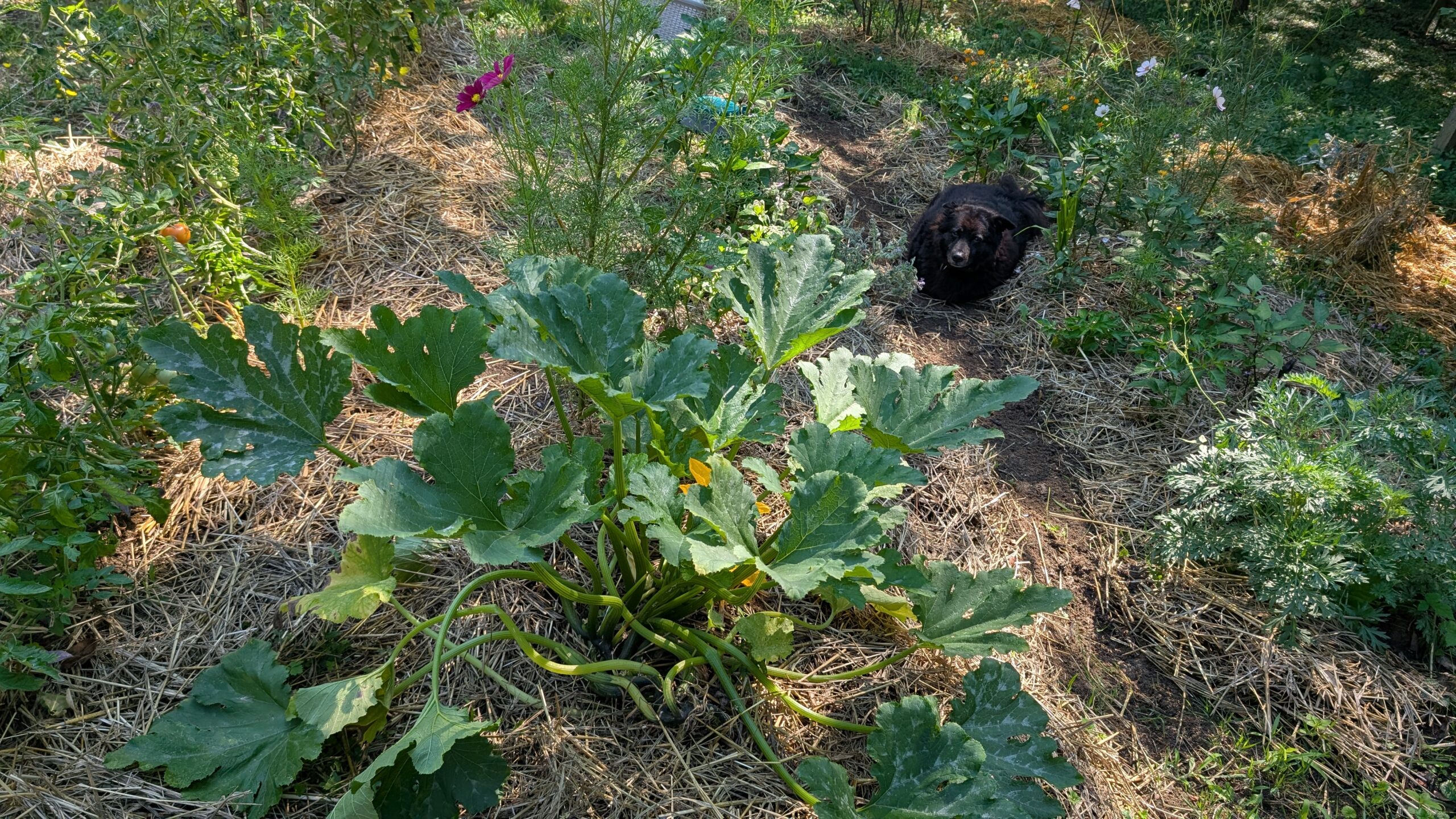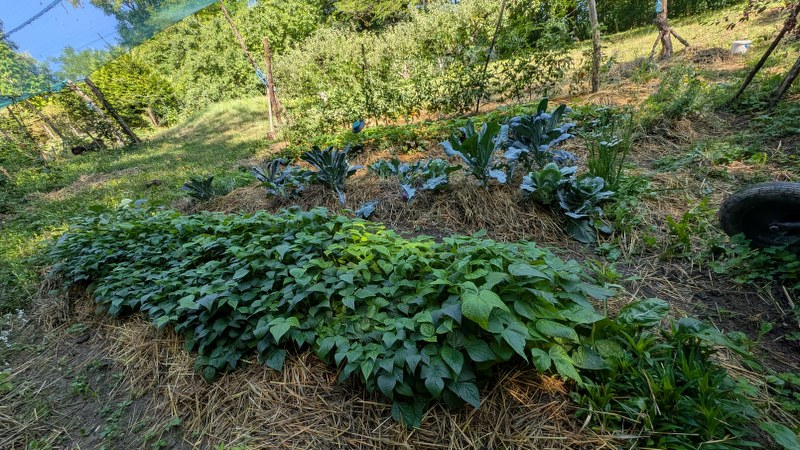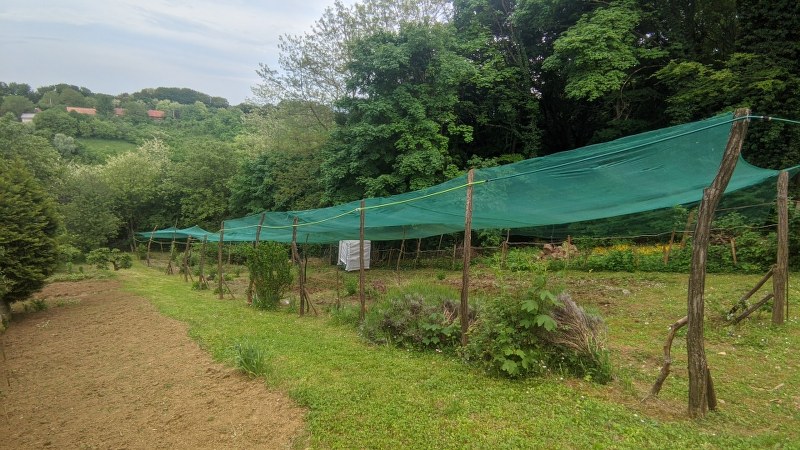Each year I plant a few new tomato varieties so I could test them. This year one of the newly tested varieties was “Goldrush currant”. As it was labeled as “cherry tomato” I knew I had to expect an indeterminate, bushy tomato and small fruits. Still, I was surprised by the size of the Goldrush.

The seedling looked the same as every other tomato seedling and it was planted the same way as any tomato. In early spring I’ve sown it into good compost and in a week the first seedlings started to appear. I’ve transplanted them after the last frost date and in late June they have already started growing flowers and forming their first fruits.Fruit size was notably smaller than the normal cherry-type tomatoes. Still, I was not too surprised because its name contained the word “currant” so I imagined that it would be a little smaller.

The thing that did surprise me was the fact that most of the tomatoes stayed the same size as they were when the fruits formed.Also, I was surprised by the number of tomatoes per plant. Goldrush grows tomatoes on trusses containing 10 to 12 tomatoes each. Once the first flowering period was done I had 50 trusses per plant and huge amounts of tomatoes. The plant itself wasn’t too high, it rather grows as a cherry bush, still, this could be due to the very cold and rainy June and July which basically stopped my tomatoes from growing and flowering.This kind of weather showed one excellent thing- Goldrush is highly resistant to blight and other diseases. It was one of the few tomatoes that didn’t get eaten by early blight or any fungal infection that was running around my tomato beds. It did start showing signs of the disease, but with the arrival of the warmer days it didn’t continue to suffer, actually, the new leaves were completely healthy and the old ones stopped showing new signs of diseases.

The first fruits were harvested in early July and this was one of the first tomatoes to be harvested. It takes 75 to 80 days from transplantation till harvest. The only variety that came before was Green Zebra.
The taste of the fruit changed over the season. When we had rainy weather with under average temperatures and sunlight they were a bit sour and when the full sun with temperatures over 30°C came the taste became sweet.The fruit is bursting with juice which is contained within a very hard skin. Because of this hard skin, the fruits can be stored for a very long time without rotting or losing its flavor.
The biggest issue with this tomato variety is the harvesting part. I think this is one of the most tedious tomatoes when it comes to harvesting.The tomatoes are ripe from the beginning to the end of the trusses, but the ripe times between those tomatoes can be up to 2 or 3 weeks. So harvest is usually done one by one fruit, and with the tomatoes that are this tiny, it takes ages to harvest them. Another problem is that if they are fully ripe they start to fall off the plant, which is a normal garden probably is not a huge deal, but in my downhill garden, this means that a large amount of the fruits fell and ended somewhere in the orchard and I couldn’t find them because of their size.
Size is also the reason why this highly productive plant actually gives a small number of tomatoes when it comes to its weight. Hundreds of little tomatoes harvested in one month gave me only 585gr (20.6oz).

This isn’t so surprising when you know that an average fruit is the size of the pea and weighs only 2gr (0.07oz).

Comparing them to the normal-sized cherries puts in perspective the size of the Goldrush tomatoes.

These tomatoes are great for drying, salads, and eating raw just like you’d eat a handful of berries. They also look great as decoration in the meal or even as a decoration in the garden. Their size and shape make them look like small berries. For any other usage, they are too small and too hard for harvest. Mainly because of their harvest difficulty I will not be sowing them again.

GOLD RUSH CURRANT TOMATOES PROS AND CONS:
PROS:
– early harvest
– hundreds of fruits in one plant
– hard skin which makes them perfect for drying
– very decorative
CONS:
– too small
– very hard to harvest with many hidden fruits
– ripe fruits tend to fall off when touched
– hard to keep “under control”
– needs to be grown as a bush




Leave a Reply